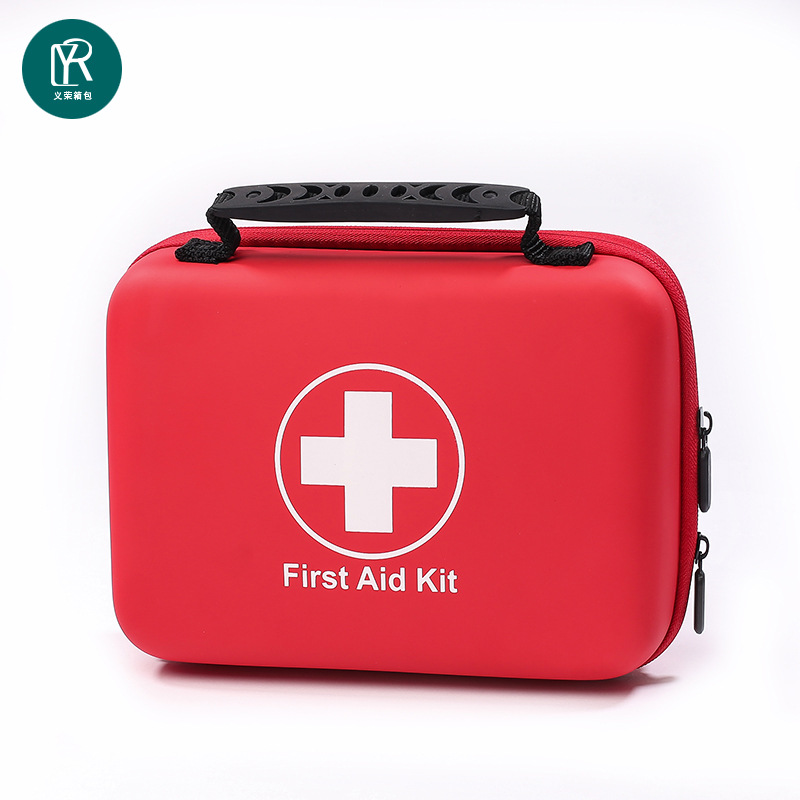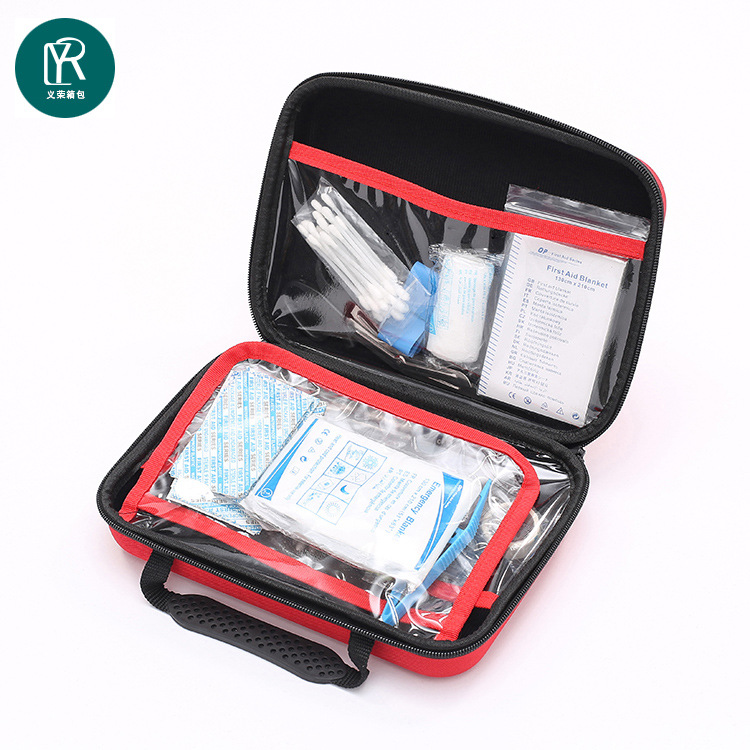The Comprehensive Guide to the Lamination Process of EVA First Aid Tool Kits
Introduction
In the realm of emergency preparedness and professional tool management, EVA first aid tool kits have emerged as indispensable products. These kits are designed to provide essential medical supplies and tools in critical situations, making them a crucial component for various industries, including healthcare, construction, manufacturing, and more. As an international wholesaler or procurement agent, understanding the intricacies of the production process, particularly the lamination process, is vital to ensure the quality and functionality of these tool kits. In this extensive blog post, we will delve deep into the lamination process of EVA first aid tool kits, exploring the materials, techniques, and quality control measures involved.
Understanding EVA Material
EVA, or Ethylene-Vinyl Acetate, is a versatile material widely used in the production of various products, including tool kits. It is a copolymer made from ethylene and vinyl acetate, offering several desirable properties such as flexibility, durability, and water resistance. These characteristics make EVA an ideal choice for first aid tool kits, as they need to withstand various environmental conditions while providing reliable protection for the tools and medical supplies stored inside.
The Lamination Process: A Step-by-Step Breakdown
1. Material Preparation
The lamination process begins with the careful selection and preparation of materials. High-quality EVA sheets are sourced, ensuring they meet the required specifications for thickness, flexibility, and durability. These EVA sheets will form the core structure of the tool kit. Additionally, fabric and lining materials are chosen to enhance the appearance and functionality of the tool kit. The fabric is typically used for the outer layer, providing a durable and aesthetically pleasing surface, while the lining material ensures a smooth interior for easy access to tools and supplies.
2. Adhesive Application
Once the materials are prepared, the next step is to apply adhesive to the EVA sheets. This adhesive is crucial as it bonds the fabric and lining materials to the EVA core. The adhesive used must be specifically formulated for EVA and compatible with the chosen fabric and lining materials to ensure a strong and durable bond. The adhesive is usually applied using a specialized machine that ensures even distribution across the entire surface of the EVA sheet. This step is critical, as any inconsistencies in adhesive application can lead to delamination or weak spots in the final product.
3. Bonding the Layers
With the adhesive in place, the fabric and lining materials are carefully aligned and pressed onto the EVA sheet. This bonding process requires precision and control to ensure that the layers are perfectly aligned and securely attached. The bonded layers are then passed through a series of rollers or presses that apply consistent pressure to enhance the bond strength. This step is often referred to as the “laminating” stage, where the different materials are combined to form a single, cohesive unit.
4. Quality Control During Lamination
Throughout the lamination process, quality control measures are implemented to ensure that each tool kit meets the highest standards. Inspectors carefully examine the bonded layers for any signs of defects, such as bubbles, wrinkles, or weak bonds. Any issues detected at this stage are addressed immediately to prevent the production of substandard products. This meticulous attention to detail ensures that every EVA first aid tool kit is reliable and functional.
5. Post-Lamination Processing
After the lamination process is complete, the bonded material undergoes further processing. The large sheets of laminated EVA are cut into the desired shapes and sizes according to the tool kit design. This cutting process is typically done using precision machinery to ensure accuracy and consistency. The cut pieces are then assembled and sewn together to form the final structure of the tool kit. Additional features, such as pockets, zippers, and handles, are added during this stage to enhance the functionality and usability of the tool kit.
The Importance of Lamination in EVA First Aid Tool Kits
The lamination process plays a pivotal role in the production of EVA first aid tool kits. It ensures that the tool kits are durable, water-resistant, and capable of protecting the essential tools and medical supplies stored inside. Lamination also enhances the aesthetic appeal of the tool kits, making them more attractive to customers. Moreover, the bonding of multiple layers provides structural integrity, preventing the tool kits from falling apart under heavy use.
Conclusion
The lamination process of EVA first aid tool kits is a complex and intricate procedure that requires precision, expertise, and stringent quality control measures. Understanding this process is essential for international wholesalers and procurement agents who seek to provide their customers with high-quality, reliable, and functional tool kits. By delving into the details of the lamination process, we gain a deeper appreciation for the craftsmanship and technology involved in producing these essential products. As you consider sourcing EVA first aid tool kits for your business, remember that the quality of the lamination process directly impacts the durability and functionality of the final product.
Post time: Jul-09-2025






